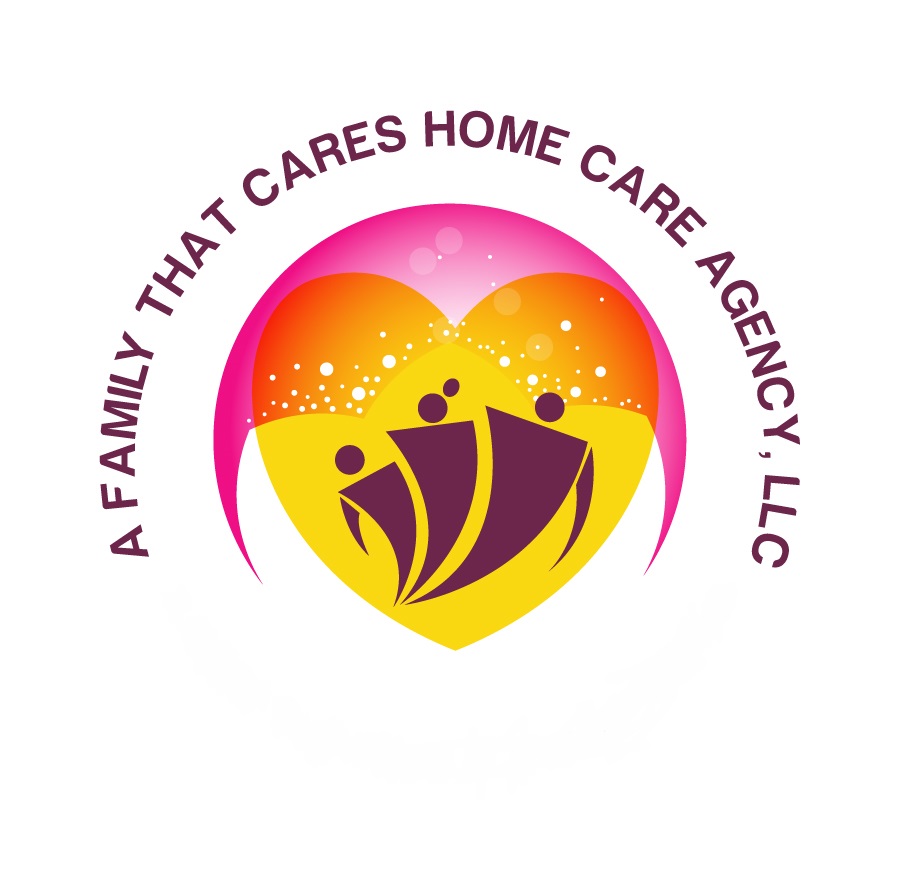Looking for care ![]() 210-657-6256
210-657-6256
Ensuring Senior Safety: Preventing Falls in Aging Parents

The safety and well-being of our aging loved ones are paramount considerations as they navigate through their later years. Among the numerous challenges faced by aging parents, the risk of falling stands out as a prominent concern. Falls pose a significant threat to the health and independence of seniors, often resulting in severe injuries, diminished mobility, and a decline in overall quality of life. In this comprehensive guide, we’ll delve into the factors that contribute to falls in aging parents, underscore the importance of implementing fall prevention strategies, and provide practical tips for safeguarding your loved ones.
Understanding the Risks: Falls are not an inevitable part of aging, but certain factors can increase an individual’s risk. These include:
- Muscle Weakness: As we age, muscles naturally weaken, affecting balance and stability.
- Balance and Gait Issues: Conditions such as arthritis, Parkinson’s disease, and stroke can impair balance and coordination.
- Medications: Some medications can cause dizziness or lightheadedness, increasing the risk of falls.
- Vision Changes: Age-related vision changes, such as cataracts or glaucoma, can affect depth perception and peripheral vision.
- Environmental Hazards: Cluttered living spaces, loose rugs, poor lighting, and slippery surfaces pose significant fall risks.
The Importance of Fall Prevention: Preventing falls in aging parents is crucial for maintaining their health, independence, and quality of life. By implementing effective fall prevention strategies, caregivers can reduce the risk of falls and minimize the associated consequences. Some key benefits of fall prevention include:
- Maintaining Independence: Preventing falls allows seniors to continue living independently and engaging in daily activities without fear or limitation.
- Avoiding Injuries: Falls can result in fractures, head injuries, and other serious consequences. By preventing falls, caregivers can help their loved ones avoid these injuries and their associated complications.
- Enhancing Well-Being: A fear of falling can lead to social isolation, depression, and decreased physical activity. By creating a safe environment, caregivers can promote their loved one’s overall well-being and quality of life.
Practical Fall Prevention Tips:
- Conduct a Home Safety Assessment: Identify potential hazards in the home, such as loose rugs, uneven flooring, and poor lighting, and make necessary modifications to reduce risks.
- Encourage Exercise: Regular physical activity can improve strength, balance, and flexibility, reducing the risk of falls. Encourage your loved one to participate in exercises such as walking, tai chi, or yoga.
- Review Medications: Consult with your loved one’s healthcare provider to review their medications and identify any that may increase the risk of falls. Adjustments or alternative medications may be recommended.
- Ensure Proper Lighting: Adequate lighting is essential for preventing falls. Install bright lights in hallways, staircases, and other high-traffic areas, and use nightlights in bedrooms and bathrooms.
- Provide Assistive Devices: If necessary, provide your loved one with assistive devices such as grab bars, handrails, and non-slip mats to enhance safety in key areas of the home.
- Encourage Regular Eye Exams: Regular eye exams can detect vision changes and allow for timely interventions to address any issues that may increase the risk of falls.
- Promote Healthy Habits: Encourage your loved one to maintain a healthy lifestyle, including a balanced diet, hydration, and adequate sleep, to support overall well-being and reduce fall risk factors.
Conclusion
Preventing falls in aging parents requires a proactive approach and a commitment to creating a safe and supportive environment. By understanding the risk factors associated with falls and implementing practical fall prevention strategies, caregivers can help their loved ones maintain their independence, health, and quality of life. Remember, fall prevention is not just about reducing the risk of falls—it’s about promoting safety, well-being, and peace of mind for seniors and their families alike.
